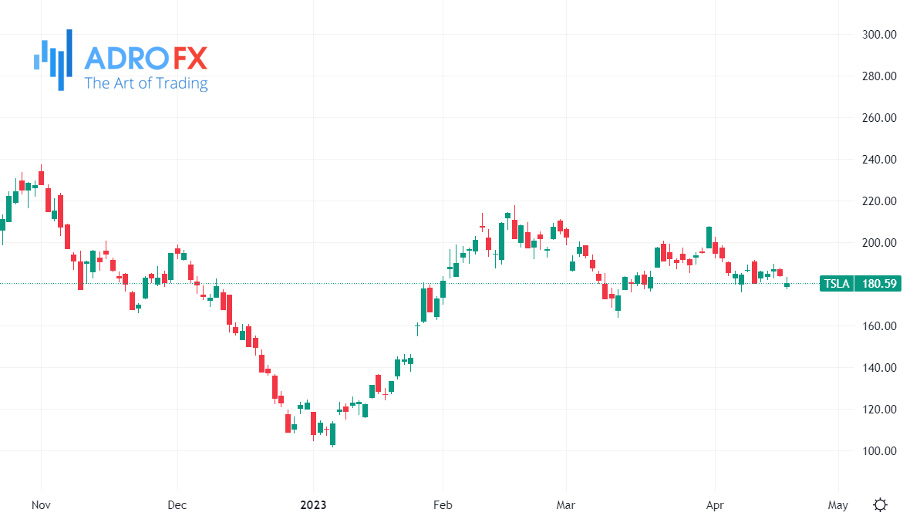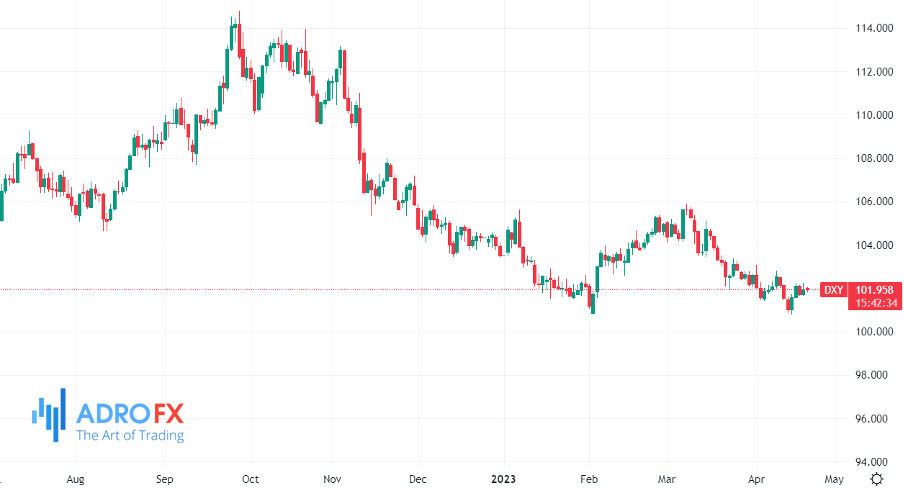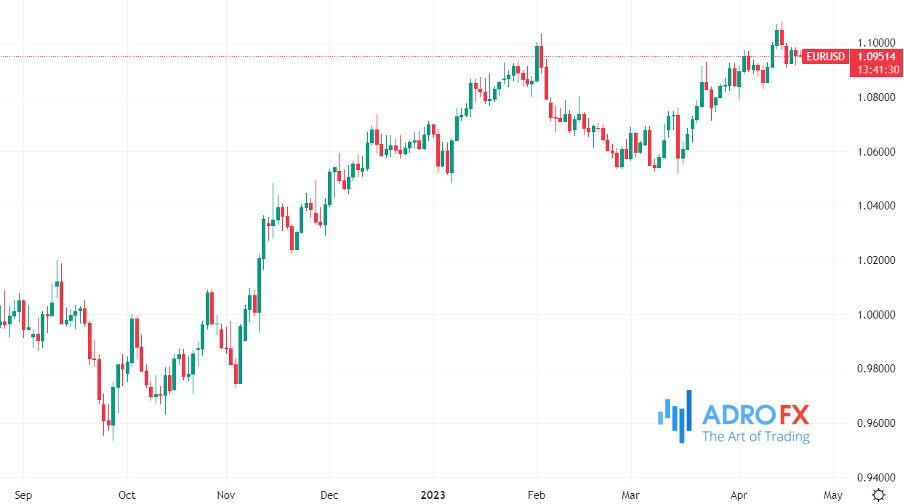US Stocks Mostly Flat Amid Mixed Earnings, Inflation Concerns Loom | Daily Market Analysis

Key events:
- New Zealand - CPI (QoQ) (Q1)
- Eurozone - ECB Publishes Account of Monetary Policy Meeting
- USA - Initial Jobless Claims
- USA - Philadelphia Fed Manufacturing Index (Apr)
- USA - Existing Home Sales (Mar)
On Wednesday, the S&P 500 ended the day mostly unchanged, while the Dow saw a slight dip. Mixed corporate earnings reports contributed to this, with positive news from medical technology companies being offset by a decline in Netflix shares. Despite investors' expectations of lackluster results during the first-quarter earnings season, major equity indexes have remained relatively steady.

Tesla Inc's shares fell by 2% after the company's sixth price cut for electric vehicles in the US this year. Following the company's quarterly report, Tesla's shares saw further decline during after-market trading on Wednesday.
In early European trade on Thursday, the US dollar was subdued but held on to gains made overnight. Expectations are growing that the Federal Reserve will tighten monetary policy further next month.

The Dollar Index, which tracks the greenback against a basket of six other currencies, traded mostly flat at 101.662 after a 0.3% increase during Wednesday's session. Federal Reserve Bank of New York President John Williams noted on Wednesday that inflation is still problematic, and the central bank will take action to reduce it.
Morgan Stanley joined other major banking companies in beating Wall Street expectations during the first quarter of 2023, thus reducing concerns about the health of the US banking sector.
Despite German producer prices falling by 2.6% in March, the EUR/USD increased to 1.0956, with a yearly increase of 7.5%. Investors are closely watching for clues about policymakers' future hikes from the release of the European Central Bank's minutes from its last meeting later in the session.

At the same time, the Bank of England is facing a major challenge, as inflation unexpectedly remained above 10% in March, which means it will have to raise rates next month. This decision will be difficult to justify because wages also remained high, making it harder for the central bank to avoid a hike. Although inflation is expected to fall rapidly in the next few months, this won't happen quickly enough to justify ending the tightening cycle. Furthermore, the economy has managed to avoid a recession, which could boost demand and raise doubts about the expected decline in inflation, which could support more hikes. The market is currently pricing in three hikes this year, with the last one taking the base rate to 5%. This may be overly aggressive, but for now, it's difficult to argue against tightening.

The final estimate for Eurozone inflation remained unchanged, with headline inflation dropping to 6.9% in March from 8.5% the previous month. However, the more reliable gauge of inflation trends, core CPI, increased to 5.7% in March, a record high, compared to 5.6% in February. This increase was due to energy costs, which were excluded from the core rate calculation.
The rise in core CPI is a major concern for the ECB, which may respond with another rate hike at the May 4th meeting. The ECB has been lagging behind most major central banks with a benchmark cash rate of 3.0%. Goldman Sachs has revised its projection for a terminal rate to 3.75% from 3.50% due to continued strong inflation and a lessening of tensions over the banking crisis.
Goldman Sachs considers it a close call between a 25-bp and a 50-bp increase at the upcoming meeting, although it assumes that the ECB will deliver increases in 25-bp increments at the May, June, and July meetings.
Meantime, in the last 18 months, the RBNZ has implemented policy tightening of 500 basis points, making it the G10 central bank with the most significant and prolonged hike. Experts believe that the RBNZ has now reached its terminal rate, and it is crucial to observe what happens next as New Zealand could serve as a real-time experiment for the impact of rapid rate hikes on disinflation trends. Therefore, the timing of RBNZ's first rate cut could be informative for other central banks as well.









